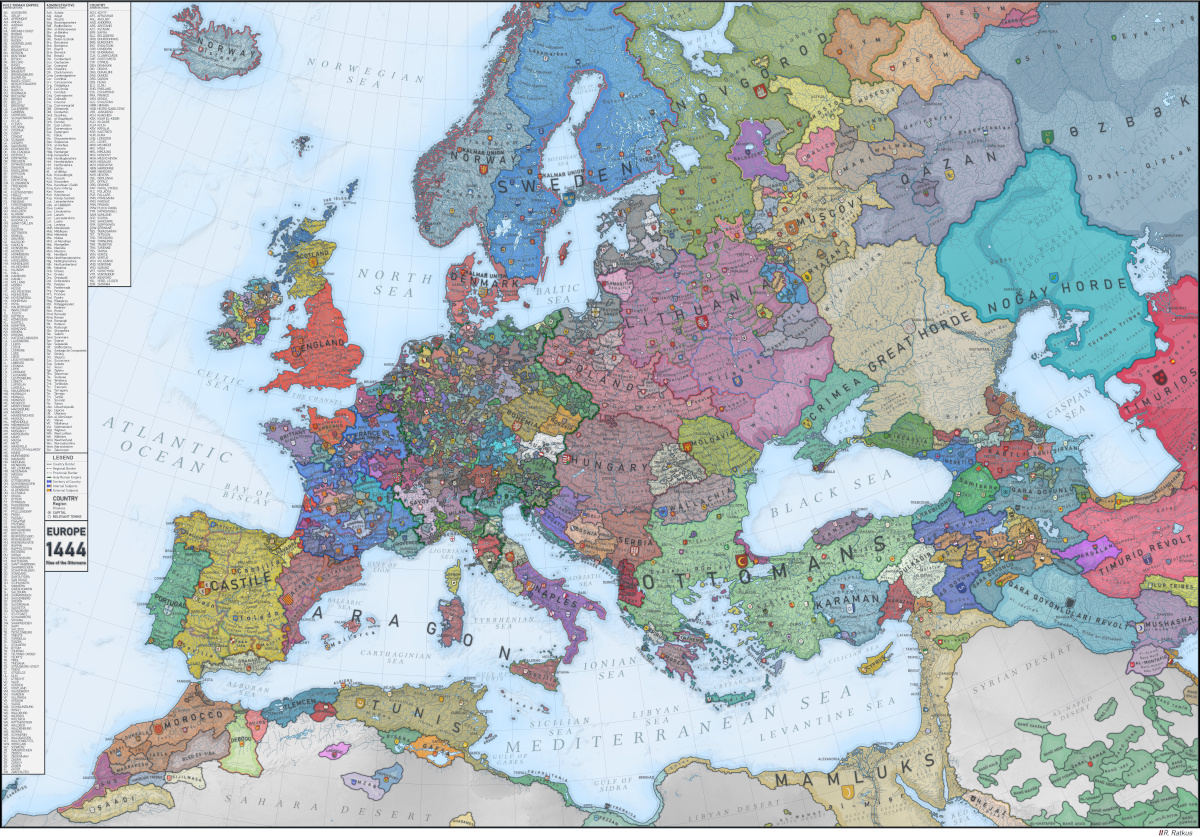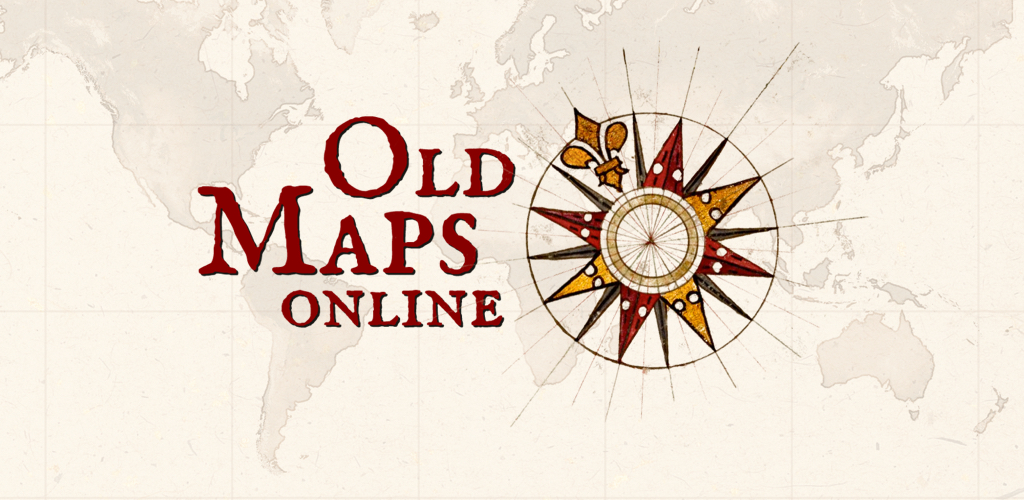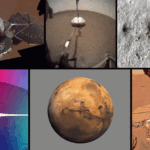The medieval period is a fascinating era filled with tales of knights, castles, battles, and intrigue. By delving into medieval history, we can gain a deeper understanding of the events that have shaped our world today. One exciting way to explore this rich history is through interactive maps, which allow us to visualize and comprehend the geographical and historical contexts of this era.
Benefits of Interactive Maps
Interactive maps offer a multi-dimensional approach to learning about medieval history. They provide a visual representation of the geographical locations of significant events, battles, and civilizations, enabling us to grasp the spatial relationships between different historical landmarks. This visual aid enhances our comprehension of historical narratives, making them more engaging and accessible. Through interactive maps, we can immerse ourselves in the medieval world and gain a deeper appreciation for the complex interactions that shaped the course of history.
Exploring Historical Sites
With interactive maps, we can virtually journey to medieval cities, castles, and battlefields. Through interactive features, such as zooming in on specific locations and accessing historical information, we can gain a vivid sense of the physical landscapes that were central to medieval life. By virtually exploring these sites, we can gain insights into the strategic importance of different locations and the ways in which geography influenced historical events. Moreover, these virtual tours allow us to appreciate the architectural and cultural heritage of medieval civilizations, bringing history to life in a tangible and engaging manner.

Credit: www.visualcapitalist.com
Understanding Trade and Commerce
Trade and commerce were vital aspects of medieval life, shaping the economic landscapes of various regions. Interactive maps enable us to explore trade routes, market centers, and commercial hubs, providing a dynamic understanding of the economic networks that interconnected medieval societies. By visualizing these trade networks and economic activities, we can comprehend the flow of goods, ideas, and wealth across different regions, gaining valuable insights into the interconnectedness of medieval civilizations.
Tracing Military Campaigns and Battles
Military conquests and battles played a pivotal role in shaping medieval history. Interactive maps allow us to trace the movements of armies, the locations of decisive battles, and the strategies employed by different military leaders. By examining these historical conflicts in a geographical context, we can develop a deeper understanding of the factors that influenced the outcomes of these pivotal events. Through interactive visualization, we can analyze the terrain, topography, and logistical challenges that influenced military campaigns, gaining a more comprehensive grasp of the dynamics of medieval warfare.

Credit: www.oldmapsonline.org
Discovering Cultural Exchanges
The medieval period was marked by diverse cultural exchanges, as different civilizations and societies interacted and exchanged ideas, technologies, and traditions. Interactive maps allow us to explore the movement of cultural influences, the spread of artistic styles, and the diffusion of knowledge across different regions. By mapping these cultural exchanges, we can appreciate the interconnectedness of medieval societies and gain insights into the diversity and richness of cultural interactions during this era.
Interactive Learning Experience
In conclusion, interactive medieval history maps offer a dynamic and immersive learning experience, allowing us to delve into the complexities of medieval civilizations in a visually compelling manner. By exploring historical sites, trade routes, military campaigns, and cultural exchanges through interactive maps, we can gain a deeper appreciation for the multifaceted aspects of medieval history. These interactive tools enrich our understanding of the past, making the study of medieval history an engaging and enlightening pursuit.
Frequently Asked Questions On Unlock The Past: Explore Interactive Medieval History Maps
Q: How Can I Access The Interactive Medieval History Maps?
A: You can access the interactive medieval history maps by visiting our website and browsing the dedicated section.
Q: What Kind Of Information Can I Find On The Interactive Maps?
A: The interactive maps provide a wealth of information about medieval history, including significant events, ancient landmarks, and the rise and fall of empires.
Q: Are These Maps Suitable For Educational Purposes?
A: Absolutely! These maps are an excellent educational resource for students, teachers, and history enthusiasts keen to explore the medieval period in an engaging and interactive way.
Q: Can I Customize The Information Displayed On The Maps?
A: Certainly! The interactive maps offer customization options, allowing you to choose which historical events, territories, or landmarks you want to explore in detail.
Guest Author Sakhawat-Shuvo wrote and edited this Article based on his best knowledge and understanding. These opinions and remarks are not endorsed or guaranteed by epichistoria.com or EpicHistoria. The Epic Historia does not guarantee this article’s content. Readers should verify and use their judgment before trusting the content. Also, the Images used in this Article are the copyright of their Respective Owners. Please use our Comment Box or Contact Us form to report this content. This information is not accountable for losses, injuries, or damages.


